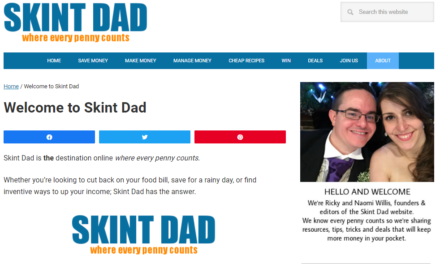What’s the news? Growth is ahead for publishing platforms. Substack is raising another $65 million round of capital. The investment would put the company value at $650 million. And earlier this year, Twitter entered the newsletter platform business with its acquisition of Revue (no price disclosed.)
Plus, Medium announced its buyout offer to its editorial team in favor of increased support for independent content creators.
Why the tilt up in 2021? In short, more content creators want to make money and be their own bosses. That has platforms like Substack, Twitter’s Revue, and Medium expecting bigger dollar signs.
Think about the numbers. Since 2008, announced newsroom layoffs totaled almost 90,000 as the traditional ad-supported media business model goes by the wayside. And a lot of media never release how many journalists they’ve sent packing. Plus, even those who have jobs don’t want their future income solely hinging on the mercy of media owners.
And those numbers pale in comparison to the explosion of the content creator community, which some estimates put at 2 million professionals – and millions more wanting to earn revenue – in 2021 and beyond.
Are these publishing platforms good for content entrepreneurs? Yes and no. If you’re just beginning a business, Substack, Revue, and Medium can be good places to start. They let you own your audience (email lists). (Medium only recently introduced the subscribe feature.) They are a much better place to get going than social media platforms, like Facebook, Instagram, TikTok, etc., You can’t even access your fans and followers outside their networks.
If you are in the growth stage of your content business, these platforms aren’t the best choice. Just like social media platforms, they can change their business models and operating agreements. (Remember, they must serve those investors and shareholders first.) It’s better to grow your content business on owned platforms – where you really control your business model and all that accompanies it.
Still interested? In their recent business announcements, all three platforms talked about working better with their writer communities – benefits that are most helpful to early stage content entrepreneurs.
Among Substack’s plans: (1) Expansion of financial help to “de-risk” writers’ first year in business. Introduced in March, Substack Pro pays an upfront sum to some new writers. In exchange, Substack collects 85% of the writer’s subscription revenue in year one. After that, writers receive 90% of subscription revenue. (2) Investment in the Substack writer community, including its Bridge mentoring program, and (3) Construction of business support infrastructure for writers around legal matters, health care, editing services, design, tax advice, etc.
When Twitter acquired Revue, it also announced some changes that benefit content creators. It’s taking advantage of the Twitter connection – allowing people to sign up for newsletters directly on Twitter and creating new settings for writers to host conversations with their subscribers through the platform.
Twitter also is giving access to Revue’s pro-level features for free. And when you charge for subscriptions, Twitter lowered Revue’s cut to 5%. (The move probably is a way to undercut Substack, which takes 10%.) Twitter also says they plan to continue to develop new ways to support audience-based monetization – “whether it’s helping broaden revenue streams or serving as a cornerstone of someone’s business.”
Medium hasn’t been as specific, but CEO Ev Williams did say: “(The focus on external creators) means identifying writers – both already on Medium and not – and offering them deals, support, editing, and feedback to help them tell great stories and find their audience.” (Unlike Revue and Substack, Medium doesn’t offer a paid subscription feature for creator income. Here’s how they divvy the money to writers.)
What should every Substack, Revue, or Medium writer have? An exit plan. If you opt for a third-party newsletter publishing platform, make sure to prepare now for your future departure. In the short term, regularly save your data – email lists, content, analytics – to your computer or cloud server. For the long term, identify the milestones you want to hit before you leave the platform to embrace a fully owned content business model.
Anything else to know? In recent weeks, Substack has faced some criticism from people who think it isn’t as editorially neutral as it says. Content entrepreneur Jude Ellison Sady Doyle left the platform, criticizing it for paying big advances to writers whose content they found objectionable. You can read more about it in this TechCrunch piece.
About the author
Ann regularly combines words and strategy for B2B, B2C, and nonprofits, continuing to live up to her high school nickname, Editor Ann. An IABC Communicator of the Year and founder of G Force Communication, Ann coaches and trains professionals in all things content. Connect with her on LinkedIn and Twitter.










